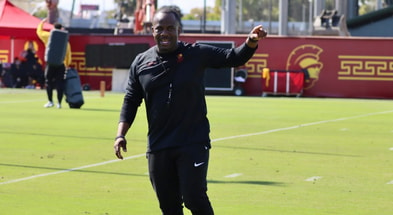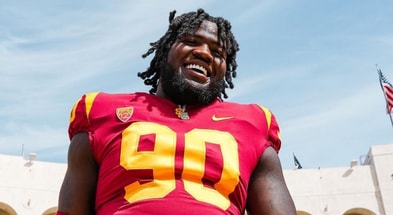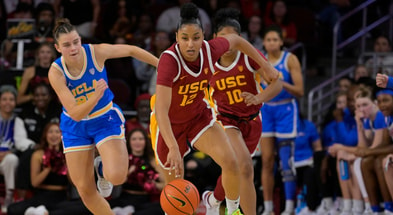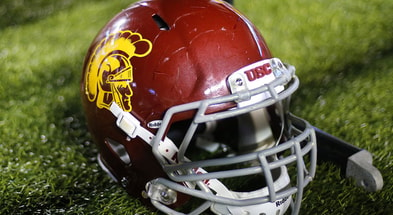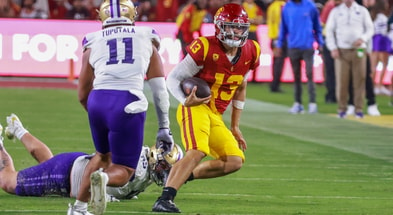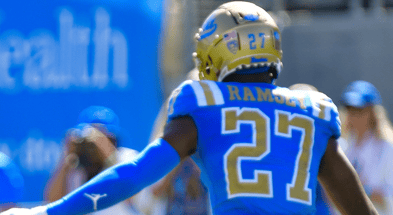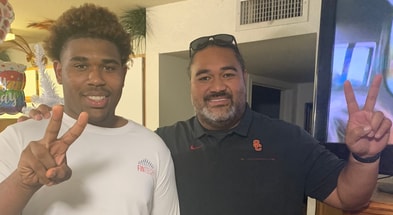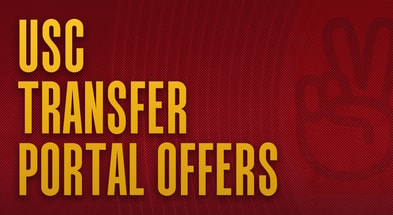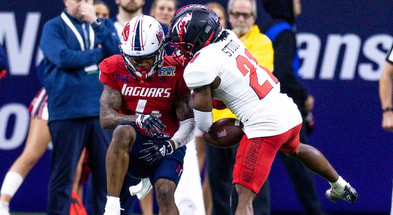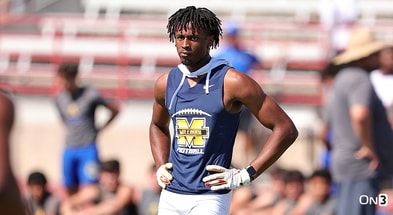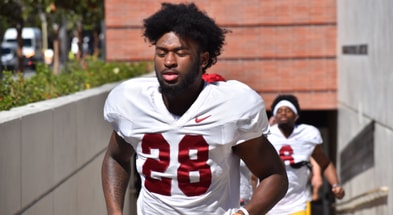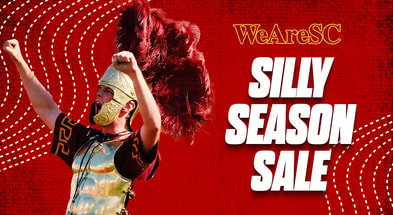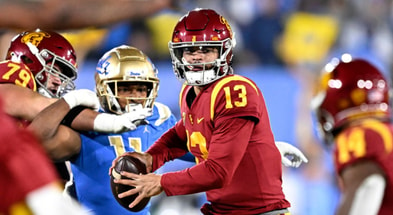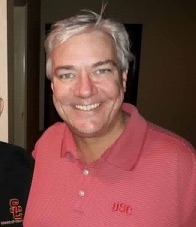Musings from Arledge: To play or not, and WeAreUnited vs. WeWantToPlay
Here in Texas, youth sports leagues are in full swing, high school football teams are practicing, the Dallas Cowboys and Houston Texans are getting ready to play … and nobody yet knows whether it’s too dangerous for Texas and Texas A&M to play.
That’s not to say that college football is wrong and everybody else is right. But there is something strange going on, and the questions are not answered simply by looking at the latest medical literature – because there’s still much we don’t know about the long-term effects of the virus, and no medical researcher (or college president, for that matter) is really in a position to make the cost-benefit analysis for each and every individual affected by the decisions being made.
Except, perhaps, each of those individuals. More on that in a minute.
What we know now is that the MAC has cancelled its season. UConn has cancelled its season. Rumors swirl that the Big 10 and Pac 12 will follow suit. But they haven’t yet. And now prominent coaches and players are speaking out to save the season. There is obviously a ton of uncertainty, and it’s not entirely clear that there will be a uniform response. If the Big 10 cancels, Nebraska and Ohio State might play elsewhere this season, or they are at least threatening to do so. Might the SEC and ACC play regardless? Would Ohio State join the SEC or ACC for a year?
The major football powers have a lot at stake. Cancelling the season will cost nine figures in many cases and will devastate athletic departments for years to come. It will also deprive athletes of important life and career opportunities, will anger some donors, and will take away one of the most popular and effective ways of courting other donors. Some fans may never come back. It’s not a good thing.
So when schools consider cancelling football, they are clearly doing something that is against their interests, and you really cannot doubt that they are genuinely concerned about the consequences of playing football this year.
One of those consequences is potential liability, and this is where things get interesting.
For while Trevor Lawrence and some college football stars were organizing and demanding the right to play, some Pac 12 athletes have organized and threatened not to play. We might note that this is particularly bad timing for that kind of threat, no? We’re not going to play this cancelled season unless you give us what we want. This is a little like me threatening not to date any of the Victoria’s Secret models unless my firm gives me a raise.
In any event, that threat seems inconsistent with the demand by Trevor Lawrence and others to play football this season. The two groups of players talked and made nice recently and asserted that they are all on the same side. But I don’t think they are, not really.
The WeAreUnited group has already threatened not to play if they are forced to sign a liability waiver related to COVID. But this demand takes away the most-obvious solution to this entire problem. College football players are young, but the vast majority are legal adults, and they should be able to make their own informed decisions on issues like what type of risk they are willing to tolerate. The NCAA could, for example, lay out a protocol for testing and virus-protection, tell players they cannot guarantee that this protocol will make them safe, tell players that much is unknown about the virus, particularly over the long term, and then let players decide: if you want to play, you can, just sign this waiver; if you don’t want to play, that’s fine, you still have your scholarship and your year of eligibility.
This is a reasonable solution. Larry Scott, of course, being Larry Scott, has already taken that option off the table in the Pac 12 in his discussions with the WeAreUnited group.
Which means … that the Pac 12 probably has no choice but to cancel the season, even if it’s not in the schools’ interests and even if it’s not in the interests of many of the players and coaches they say they are trying to protect.
This is unfortunate. Nobody should be forced to play. But there is no reason to believe that playing college football without fans will dramatically increase the risk to the rest of society. That is, college football players, who will be under a regular testing regime, are not likely to spike the local or national infection rates if they are on the field.
The question, then, is whether players and coaches (and those they come close contact with) will be at risk and whether they should be willing to take on that risk. I say, if Trevor Lawrence is willing to risk playing football, let him. It might be a rational decision for him to play; he’s likely to be exposed to the virus off the field anyway, it is not at all clear that he is at high risk from the virus, and he is trying to prepare for a very lucrative career.
At the same time, if other players don’t want to take that risk, let them sit out and keep their scholarships and the year of eligibility. That might be a rational decision for them, especially if they or close family members are in higher risk groups.
There is something to be said for people making their own individual decisions. WeAreUnited and Larry Scott have made that far less likely in this conference. While we’re on the subject of WeAreUnited, let’s explore some other issues they raise. I understand why these athletes might use their leverage (to the extent they have any right now) to push for their vision of social justice. The pros are doing it, and issues of racial justice especially are obviously at the forefront of the national conversation.
I do wonder, however, about their threat not to play until we “end racial injustice in college sports and society.” (Emphasis mine.) I’d be somewhat surprised if the Pac-12 universities have it within their power to end racial injustice in society. If they will refuse to play their sports until we have ended all racial injustice in society, they might want to consider sitting out not just this season, but quite possibly the 30 as well.
Truth is, I question whether the solution to racial justice in society is exerting a little pressure on Pac-12 presidents. That crew can’t even hire a conference commissioner. I’m skeptical that group can bring utopia, racial or otherwise. But if the Pac-12 presidents really have that much power, I hope WeAreUnited doesn’t stop at racial justice. Maybe they’re not being ambitious enough. Why not demand Mideast peace too? Or changes that ensure men and women can understand each other? That would be good.
But maybe I’m being too cynical. These students want to make a difference, and if they believe that a Pac-12 Black College Athlete Summit with three athletes from every school will end racial injustice in society, more power to them. Cynics like me can sit in the corner, keep our mouths shut, and see just how dramatically that annual summit of a few dozen athletes changes society.
Of course, that demand can be satisfied by the universities very easily, and they’ll probably do it. But I would like to focus on their economic program for a bit, because I think they are in equal parts correct, naïve, and engaged in demands that are completely contradictory.
First, let’s talk about where they are right. These athletes are demanding long-term medical coverage – a fair request, especially in light of the risks that some sports, especially football, might cause long-term damage.
They also demand a much larger share of the revenues that college sports generate. I understand why. After the O’Bannon litigation, it’s hard to imagine athletes doing anything else, especially because they all know that major college football and basketball are not really amateur sports. The coaches make millions, the schools make tens or hundreds of millions, and the major colleges and the networks collectively make billions.
There’s nothing amateur about any of that. The pie is enormous and keeps growing—well, it kept growing prior to March of this year—and the athletes want a bigger slice. I
don’t blame them. I’d want it too, and I understand why they think they’re entitled to it. But there is a little naivete at play here. They’re not going to get 50%. Universities have made their peace running what is in effect a pro system using talent that, in many cases, couldn’t get into the university apart from football and basketball and which isn’t treated like normal students from an academic perspective. It’s a little hard to square with the universities’ stated mission, but they do it because there’s a lot of money in it. If they have to pay out tens of millions, the entire structure will fall apart. (And the minor sports will die. More on that below.)
College football and basketball players could legitimately demand for revenues. But if you want to treat college football and basketball like professional sports, there are some downsides for most of you. Those time restrictions on practices? Gone. Professional athletes might collectively bargain for limitations on practice time, but you can be sure that NBA and NFL players are spending more time on the court, field, and gym than you are. And rightfully so: they’re professionals. If you want to be treated more like professionals, that will come at the expense of your free time and academic pursuits.
And here’s the rub: for most of you, that might not be a great tradeoff. The simple fact is that most D-1 athletes don’t have much market value and their financial success is life will have little to do with their playing career. Trevor Lawrence, Zion Williamson, Reggie Bush? Those guys are worth a lot of money as college athletes. But the non-descript tight end who platoons with the first team at Wazzu? Nope. In a true market economy, you’re not going to fare all that well if you demand your market value now and, in the process, have to accept a reduced emphasis on academics, especially when academics are the key to the economic futures for everybody but the superstars.
I think these guys would be far better off demanding more time for academic pursuits and an end to the common practice of sticking athletes into fake classes and majors such that they leave the institution no more educated than when they began. (As opposed to the classes offered to normal students these days, which are universally robust and serious and …. Oh, never mind.) This approach, rather than demanding more revenues, would better serve most college athletes. And an end to any restrictions on an athlete’s use of his or her name, image, and likeness would solve the economic problem for the smaller subset of college athletes who actually have some market value.
And this brings us to the blatant contradiction in the WeAreUnited demands. On one hand they are demanding their market value, the same share of revenues that most professional athletes get. (In most professional sports, the athletes get about 50% of the revenues generated; these athletes did not pick that number at random.) On the other hand, they are demanding that schools “protect all sports.” They specifically call out Stanford for ending some of its varsity programs. But Stanford ended programs that have little if any fan interest and have no market value. Those sports operate at a loss. That loss is covered by football and, to a lesser extent, basketball. It makes little sense for football players to demand their share of the revenues from their sport and also insist that the schools continue to siphon off football revenues to sports that don’t generate large losses. Do you want to be treated like professionals and be paid like professionals? Then act like it. Tom Brady doesn’t threaten to sit out the season unless the Patriots spend millions on a foosball program. By asserting that they won’t play unless Stanford brings back light rowing and squash, the football players in WeAreUnited are being fundamentally unserious.
Or if they are being serious, then they simply are not aligned with Trevor Lawrence and the WeWantToPlay group. Because I don’t see that group threatening to sit out to protect the local table tennis team.
